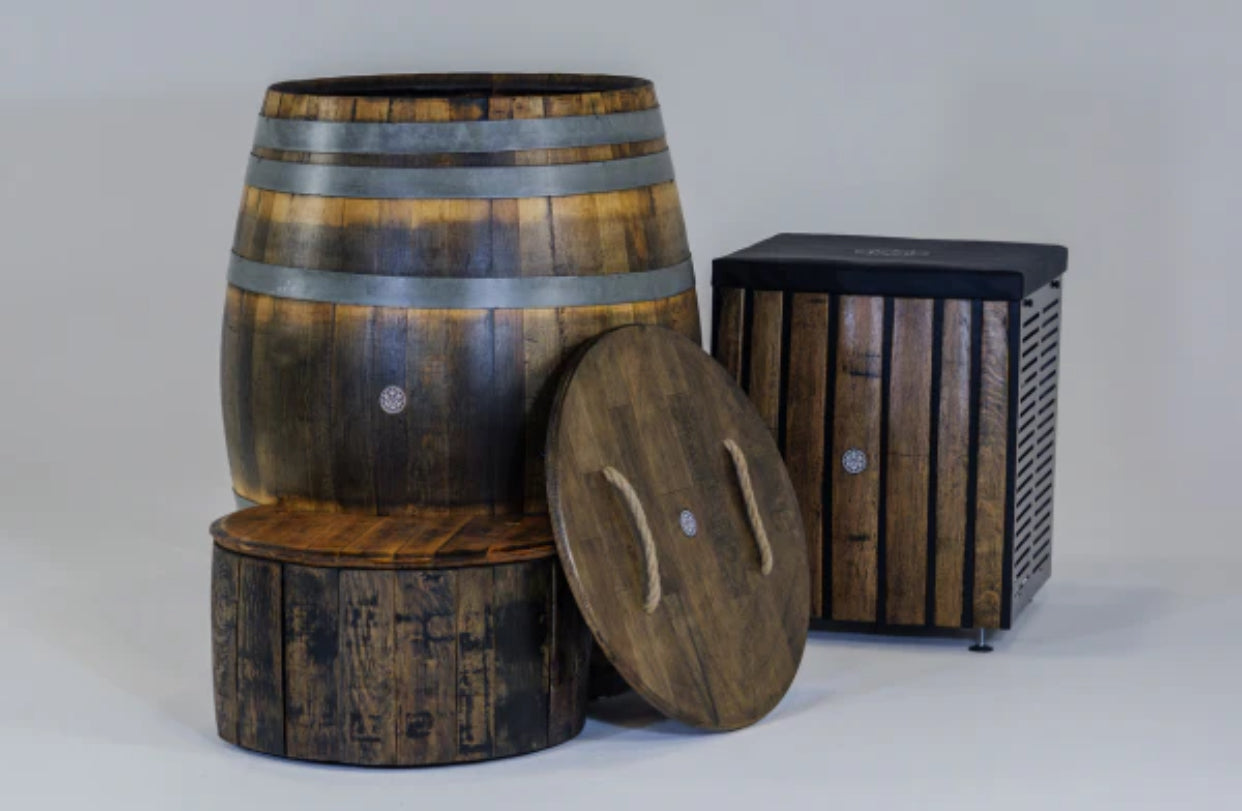Cold Plunge, Ice Bath Tub or Cold Plunge Tub – no matter your pick, it’s not just about the dip. The short answer? You need regular cleaning, water chemistry checks and equipment care. Keep reading for simple tips to keep your plunge fresh, safe and always inviting.

-
Establishing a Routine for Optimal Water Quality
-
Always shower before using your Cold Plunge or Ice Bath Tub.
This simple step helps stop oils, sweat and dirt from contaminating the water.
It’s the first defence for keeping your plunge cleaner for longer. -
Cover your Cold Plunge Tub after each session.
This prevents leaves, insects and debris from getting in.
Skim the surface regularly to remove floating bits and wipe edges to stop grime building up. -
Check water chemistry weekly.
Maintain balanced pH, alkalinity and calcium hardness.
Use a reliable test kit and adjust as needed to protect your skin and equipment.
-
Effective Water Sanitation and Filtration
-
Choose the right sanitiser for your system.
Options include chlorine, bromine, hydrogen peroxide, ozone or UV.
Apply carefully and mix well for even results. -
Clean your filters regularly by rinsing away debris and biofilm.
Follow manufacturer guidelines for replacement.
Clean filters help maintain clear water and reduce contamination risk. -
Keep water circulating to help filtration and distribute sanitiser.
Set timers for regular intervals to prevent stagnation.
Good circulation also ensures even temperature throughout the tub.
-
Deep Cleaning and Protecting Your System
-
Plan to drain and refill every 2–4 weeks, depending on use.
More frequent plunges mean more frequent water changes.
Fresh water keeps the experience safe and pleasant. -
Drain the tub completely for cleaning.
Use a non-abrasive cleaner to scrub the interior.
Rinse thoroughly before refilling to remove residue. -
Check drains for clogs or buildup.
Clean them with mild solutions to prevent odours and ensure smooth drainage.
-
Chiller and Equipment Longevity

-
Check and clean chiller vents to stop overheating.
Remove dust from condenser coils with a soft brush or vacuum.
Good airflow improves efficiency and lifespan. -
Inspect hoses, fittings and seals for wear or leaks.
Fix issues quickly to avoid water damage or failure.
Check pump function to maintain consistent circulation. -
For long-term storage or winter breaks, drain fully and dry.
Disconnect and store hoses neatly.
Protect electronic parts from moisture and cold to extend their life.
-
Essential Tips for Safe and Efficient Cold Plunge Maintenance
-
Always unplug before any maintenance.
Avoid water contact with plugs or connections.
This is essential for electrical safety. -
Use mild, non-abrasive cleaners to protect your tub.
Harsh chemicals can damage surfaces and plumbing.
Stick to recommended cleaning products. -
Dry thoroughly before storing.
This prevents mould and bacteria.
Store indoors or under cover to avoid UV and weather damage. -
Watch for odd smells or cloudy water.
These signs mean you need to test, clean or change the water.
Act quickly to keep your Cold Plunge safe and inviting.
Takeaways:
-
Clean consistently to extend your plunge’s life.
-
Check water chemistry weekly.
-
Keep filters maintained.
-
Schedule regular deep cleans.
-
Store properly during long breaks.






